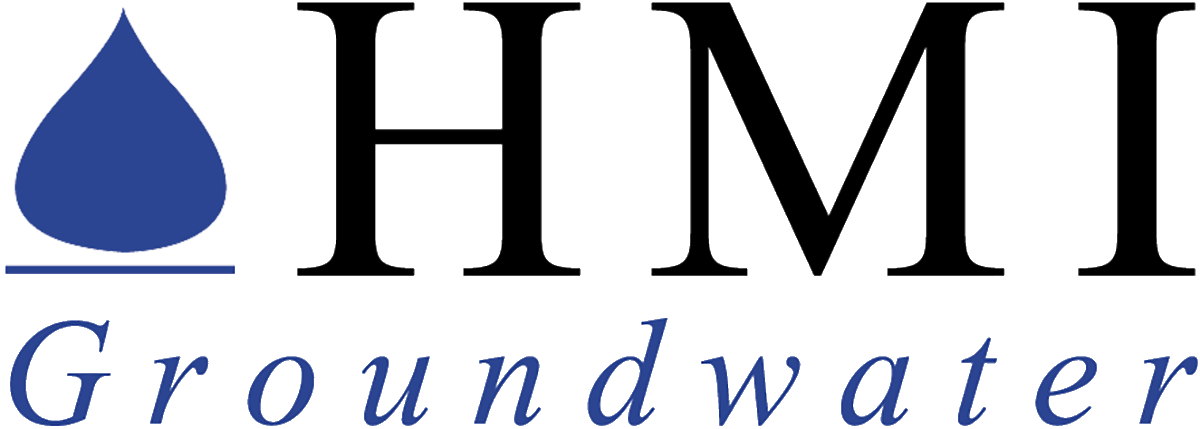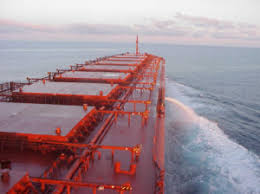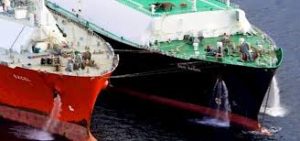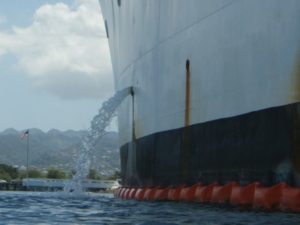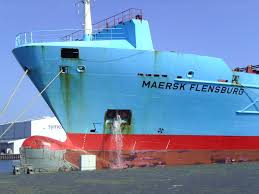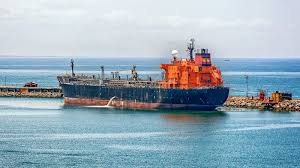Ballast water is one of the top two means of non-native species transfer throughout the world. After being transferred, species have been known to have negative impacts on the cultural, socioeconomic and environmental value of areas where they begin to inhabit. Because Hawai`i is already the state with the most aquatic invasive species in the US, managing ballast water in a responsible way is essential to preventing further non-native species introductions to the State. Many Hawai`i agencies have recognized the importance of ballast water management to limit non-native species introductions and its importance has been cited as a part of many Hawai`i agency plans that include; the Hawai`i AIS Management Plan, Hawai`i Interagency Biosecurity Plan, Hawai`i Ocean Resource Management Plan and the Hawai`i DAR 30×30 Target for Ocean Management
Ballast water has been studied extensively worldwide, and numerous invasive species are attributed to this mode of introduction. Examples include zebra mussels in the Great Lakes and their negative impacts on commercial and recreational fisheries and damages to city water supplies; dinoflagellates causing red tides and fish kills in Australia and elsewhere; cholera bacteria causing epidemics in South America; green crabs destroying mollusk and crustacean populations in areas it has invaded.
